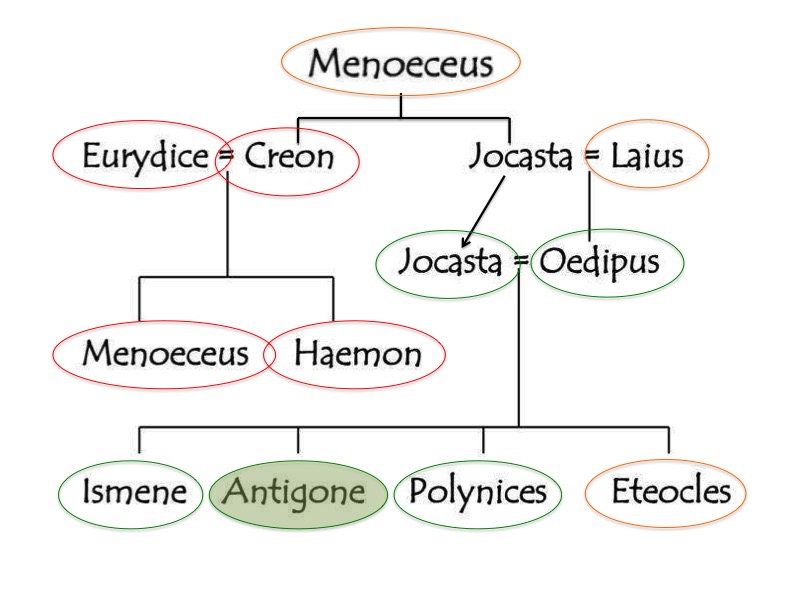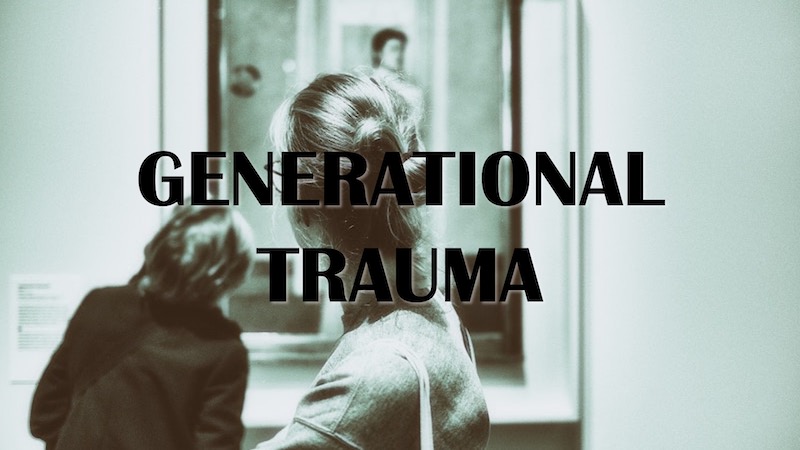Does your family tree have any broken branches?
- 14 February 2021
- Posted by: Michael H Hallett
- Category: Generational trauma ,

At the 2021 Intergenerational Trauma Conference, Peter Levine referred to trauma as “a rupture in the fabric of connectivity.” The process of healing inherited trauma is a process of restoring connectivity. To do this, we must recognise where connectivity has been lost. Does your family tree have any broken branches?
What are broken branches?
Broken branches are parts of the family tree that snapped off at some point in time and you’re no longer in regular, healthy contact with.
Broken branches are parts of the family tree that snapped off at some point in time and you’re no longer in regular, healthy contact with.
These breaks may have occurred in your lifetime or before you were born. The reasons may be known to you, or unknown—but they all involved some kind of trauma. These breakages tend to perpetuate from one generation to the next. The further back in time they happened, the harder it is to identify and attribute current issues to them.
Also speaking at ITC 2021, Peter McBride, Director of the Cohen Center for Holocaust and Genocide Studies, noted that, “Traumatised people change the narrative they have about their own identity; they change the way they brought up their children.”
This is the residual impact of the shame of whatever trauma broke the family. Broken branches are important because they’re clues to generational trauma and shame.
Disinherited
For instance, in my family, my father’s branch was snapped off (sawn off would be more appropriate) in the 1930s. After my grandmother’s early death, my grandfather remarried. The marriage didn’t work out and one day he just walked out on the family, abandoning my father with his stepmother’s family (who fortunately treated him very well).
The upshot of this was that my great-grandfather disinherited my grandfather. This had the knock-on effect of disinheriting my father and expelling him from the family. My father was cut off from his own grandparents, uncles and aunts. As far as I know, he never had any further contact with any of them for the rest of his life.
To use Tim Mossholder’s beautiful image (above) as an analogy, my father ended up on a broken branch rather than on the no-longer-healthy family tree. He wasn’t able to process this breakage and it was passed on to me as generational trauma.
I unknowingly grew up in a family where the “fabric of connectivity” had been torn. This manifested as issues with connectivity in my own life.
Mapping broken branches
These branches can be mapped using your family tree and a simple ‘traffic light’ system of green, amber and red. Print a copy of your family tree for the last four generations—this is basically living memory.
The important thing is to include not just your direct ancestors but all the cousins, uncles and aunts—all the straggly branches of the tree.
Then get some stationery—green, amber and red felt pens or crayons. Or use an app.
Circle yourself in green. Then draw green circles around all the people that you’re in regular, healthy contact with, or who you know were in contact during their lifetime. Draw amber circles around those with whom contact is irregular and largely meaningless. Then draw red circles around those where there’s unhealthy contact or no contact at all.

Using the Greek myth of Antigone as an example, we see a network of broken connections that ripple down over four generations, eventually culminating in conflict between Creon and Antigone, and tragedy for the whole family.
Once you’ve finished circling, the break points in the family become clearer. What happened? For a structured approach to identifying the breakages, read 7 Steps to identify family skeletons. It’s amazing what can come rattling out of the past.
Next steps
For further resources on generational trauma, both free and paid, please click on this image.
Photo by Tim Mossholder on Unsplash

